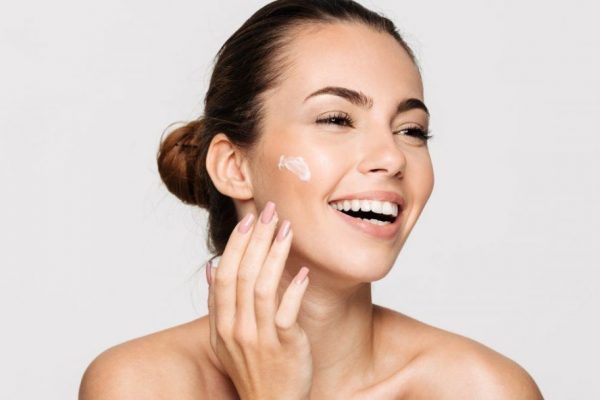Today we are going to tell you about ceramides and their benefits for oily, combination, dry and atopic skin. You know that it is good to research cosmetic ingredients because it’s important to know what we put on our faces. Ceramides always reminded many of “waxes”. And the truth is that no one likes the idea of putting wax on their face!
But after so many conjectures about the subject, it is clear that they have nothing to do with wax, but rather they are a very curious cosmetic ingredient that is worth discovering.
Ceramides are lipids (fats) found naturally in the skin. They serve to maintain the lipid and water barrier, essential for skin hydration.
What this “barrier” does is regulate the exchange of liquids between the interior and exterior of the skin. It takes care of the permeability of the skin. And why is this important? Well, because there are liquids that must come out of the skin in the form of sweat. And also, on the contrary, some liquids must be absorbed into the interior, such as the creams that we apply.
Natural ceramides also cause the fats that the skin needs to regenerate to be transmitted from the inside to the outside. Having a supply of essential fatty acids in the skin is important to maintain a youthful appearance. Without them, we would have a gaunt and “sucky” appearance.
Ceramides types
There are a total of 9 different types of ceramides. However, in cosmetics the 3 essential ceramides are the following:
- Ceramide PC 102
- Ceramide PC 104
- Ceramide PC108
These three types are what we will find in the list of ingredients of cosmetic products with ceramides. Ceramides on the skin can be applied through creams, but also foundations or serums. Even if it is not explicitly stated on the packaging, some products contain ceramides in their formulation.
They are also used in “after-sun” products. They help prevent photoaging of young skin. Ceramides are also used in shampoos for damaged hair. What it does, in this case, is regenerate the cuticular cells. In their cosmetic use, ceramides are usually used at 4-10%.
Ceramides of synthetic origin are used in cosmetics because natural ceramides are not very stable. That is, it is difficult to incorporate into a cosmetic product. And besides, natural ceramides are more difficult to produce and more expensive.
Uses of Ceramides
With ageing, ceramide production decreases (and why shouldn’t it?). Sunshine and climatic changes also have a negative impact on ceramide production. As a result, the skin’s capacity to hold onto water is diminished. If you can’t keep hydration in our body, your skin becomes dry and wrinkles appear.


